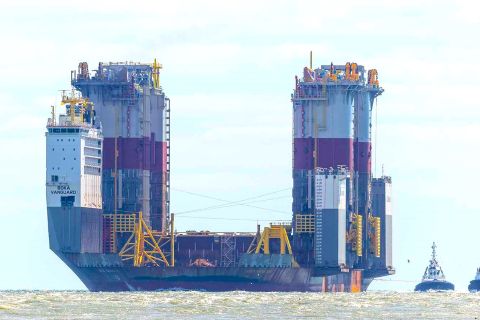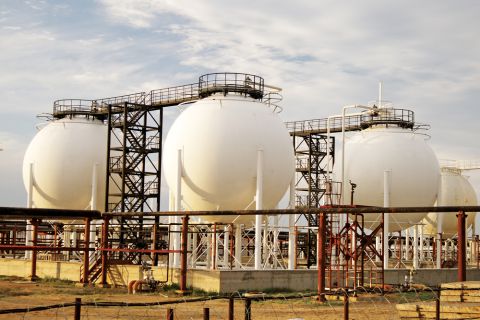Bloomberg View
It's a pernicious bit of American mythology that is used to justify the law against domestic oil producers selling their crude overseas: The U.S. needs “energy independence.” Never mind that the law actually undermines this goal, or that the goal itself is practically impossible to achieve. It’s the wrong goal. What the U.S. should be striving for is not independence, but energy security.
The story behind the myth goes something like this: If the U.S. doesn’t hoard all its oil, then it can’t hope to attain energy independence. And until it does that, it has to keep buying oil from politically unstable or unfriendly regimes. Therefore U.S. consumers must tolerate volatile prices for gasoline and heating oil.
The tale is false, but it brushes against one truth: When instability in other countries affects the price of oil, the U.S. economy can suffer. Just last month, the price jumped almost 5% when Saudi bombs began to fall on rebel targets in Yemen. Such unpredictable spikes make it difficult for many U.S. businesses to plan ahead, and this means less investment and less hiring.
The way to lessen U.S. vulnerability, however, is not to withdraw from the world oil market altogether (if that were even possible). It’s to sell more of the U.S.’s expanding crude stores abroad. As a bigger player, the U.S. would have a greater influence on price.
Quick Take Oil Prices
This reality was not obvious when Congress imposed the export ban in the 1970s in response to the Arab oil embargo. Back then, no one foresaw that the U.S. could become such an enormous producer. Now, however, technologies such as hydraulic fracturing and horizontal drilling enable the U.S. to produce more than 9.2 million barrels of crude per day (MMbbl/d), up from 5.5 million just five years ago.
This oil—much of it from shale deposits in North Dakota and Texas—is light, sweet crude, which would fetch a relatively good price if it could be sold abroad. But it’s stuck in the domestic market, where many refineries are configured to process heavier crudes, which they can buy from Venezuela, Canada or Mexico at lower prices.
At the moment, the difference between oil's global benchmark price for May delivery (about $57) and its U.S. price (about $51) is a considerable spread. It could grow as U.S. storage facilities fill up. This makes things unnecessarily difficult for U.S. producers.
Meanwhile, the situation does nothing to keep U.S. consumer gasoline and heating oil prices low, because the export ban doesn't include those refined products. They’re exported and imported freely, so their prices are set on the global market. The discount that U.S. refiners get for American crude isn’t passed along to consumers. If U.S. oil could be exported, it would help keep oil and gasoline prices down worldwide.
It’s true that the oil bonanza has enabled the U.S. to reduce oil imports. Still, they amount to more than 7 MMbbl/d. And while exporting would cause that amount to increase, U.S. producers would produce more oil, and net imports would fall.
So why not just lift the ban? Because members of Congress are basically afraid that if they were to do that, and the price of gasoline were to rise, they would get the blame. Balanced against the reward of a more stable and reliable energy market—and the reality of currently low gasoline prices—that doesn't seem such a huge risk. In any case, it's the kind of risk politicians are elected to take.
Recommended Reading
Chevron, Total’s Anchor Up and (Almost) Running
2024-05-07 - During the Offshore Technology Conference 2024, project managers for Chevron’s Anchor Deepwater Project discussed the progress the project has made on its journey to reach first oil by mid-2024.
Electric Hype vs. Hydraulic Reality: Advantages of Traditional Systems
2024-05-07 - Castrol's new fluid prevents gas hydrates in deepwater control systems.
E&P Highlights: May 6, 2024
2024-05-06 - Here’s a roundup of the latest E&P headlines, including technology milestones and new contract awards.
US Oil, Gas Rig Count Falls to Lowest Since January 2022
2024-05-03 - The oil and gas rig count, an early indicator of future output, fell by eight to 605 in the week to May 3, in the biggest weekly decline since September 2023.
Gibson, SOGDC to Develop Oil, Gas Facilities at Industrial Park in Malaysia
2024-02-14 - Sabah Oil & Gas Development Corp. says its collaboration with Gibson Shipbrokers will unlock energy availability for domestic and international markets.




